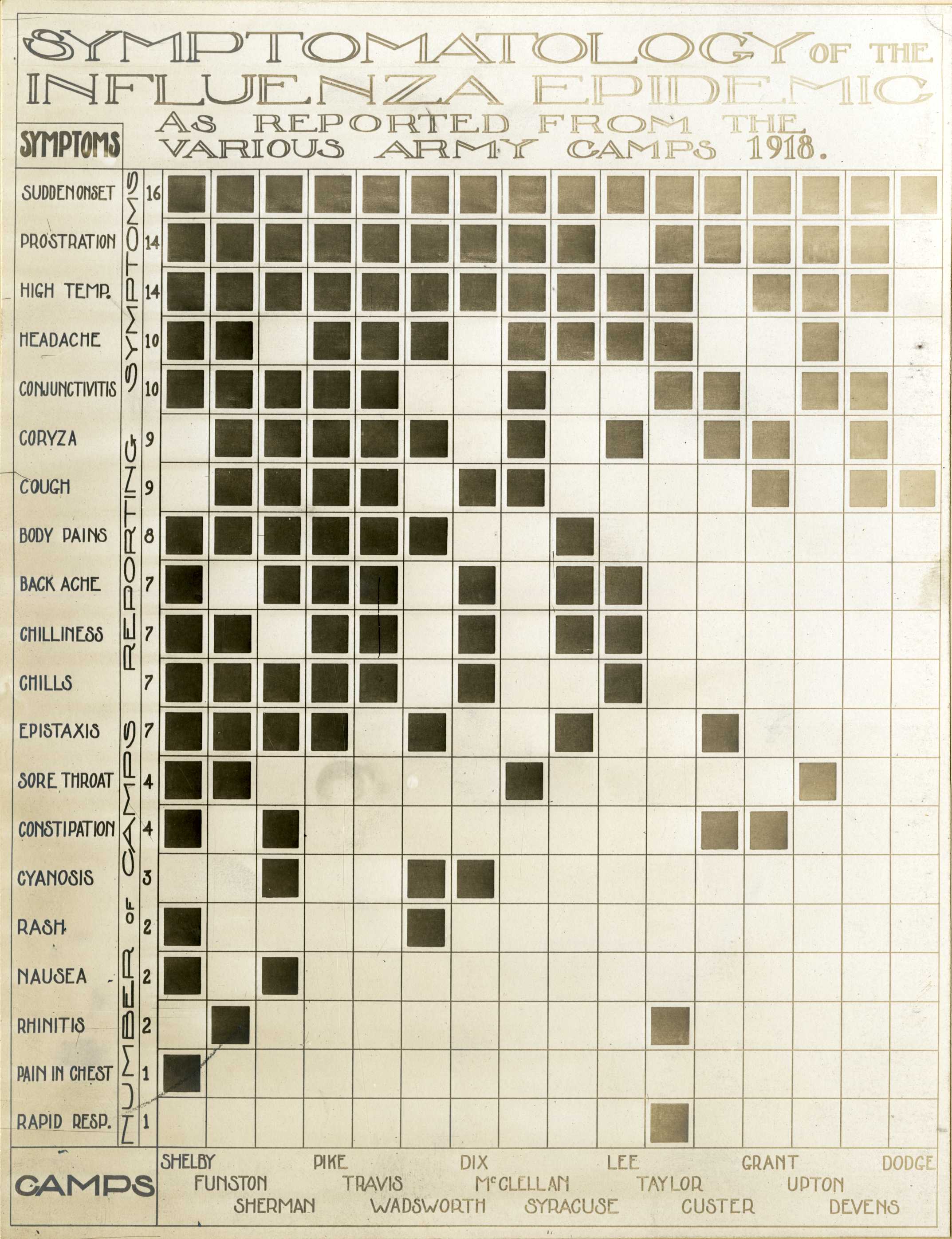
Photo from academic.microsoft.com
Aristolochic acids (AAs) are human nephrotoxins and carcinogens found in concoctions of Aristolochia plants used in traditional medicinal practices worldwide. Genotoxicity of AAs is associated with the formation of active… Click to show full abstract
Aristolochic acids (AAs) are human nephrotoxins and carcinogens found in concoctions of Aristolochia plants used in traditional medicinal practices worldwide. Genotoxicity of AAs is associated with the formation of active species catalyzed by metabolic enzymes, the full repertoire of which is unknown. Recently, we provided evidence that sulfonation is important for bioactivation of AAs. Here, we employ Salmonella typhimurium umu tester strains expressing human N‐acetyltransferases (NATs) and sulfotransferases (SULTs), to study the role of conjugation reactions in the genotoxicities of N‐hydroxyaristolactams (AL‐I‐NOH and AL‐II‐NOH), metabolites of AA‐I and AA‐II. Both N‐hydroxyaristolactams show stronger genotoxic effects in umu strains expressing human NAT1 and NAT2, than in the parent strain. Additionally, AL‐I‐NOH displays increased genotoxicity in strains expressing human SULT1A1 and SULT1A2, whereas AL‐II‐NOH shows enhanced genotoxicity in SULT1A1/2 and SULT1A3 strains. 2,6‐Dichloro‐4‐nitrophenol, SULTs inhibitor, reduced umuC gene expression induced by N‐hydroxyaristolactams in SULT1A2 strain. N‐hydroxyaristolactams are also mutagenic in parent strains, suggesting that an additional mechanism(s) may contribute to their genotoxicities. Accordingly, using putative SULT substrates and inhibitors, we found that cytosols obtained from human kidney HK‐2 cells activate N‐hydroxyaristolactams in aristolactam‐DNA adducts with the limited involvement of SULTs. Removal of low‐molecular‐weight reactants in the 3.5–10 kDa range inhibits the formation of aristolactam‐DNA by 500‐fold, which could not be prevented by the addition of cofactors for SULTs and NATs. In conclusion, our results demonstrate that the genotoxicities of N‐hydroxyaristolactams depend on the cell type and involve not only sulfonation but also N,O‐acetyltransfer and an additional yet unknown mechanism(s). Environ. Mol. Mutagen. 2019. © 2019 Wiley Periodicals, Inc.
Journal Title: Environmental and Molecular Mutagenesis
Year Published: 2019
Link to full text (if available)
Share on Social Media: Sign Up to like & get
recommendations!